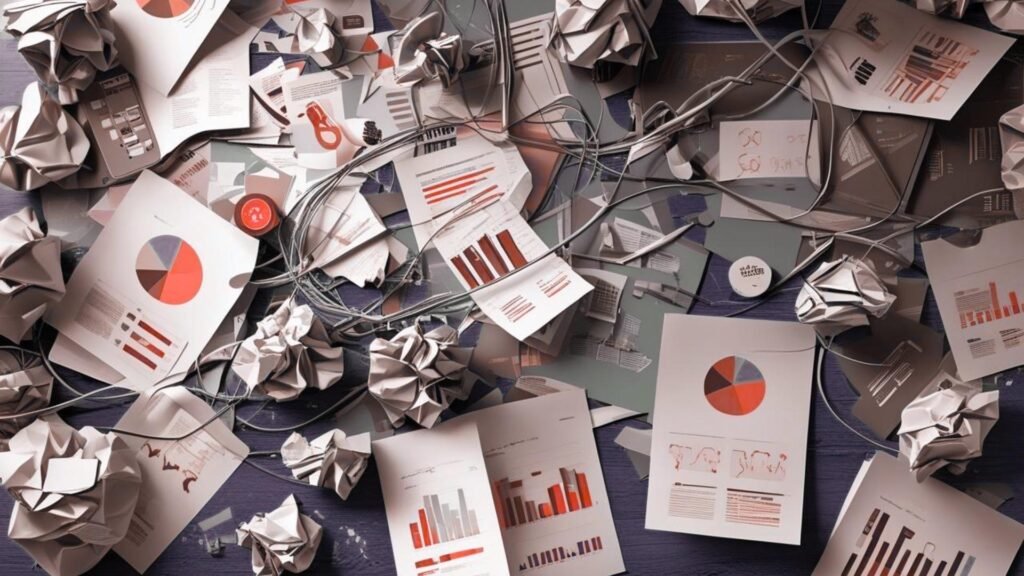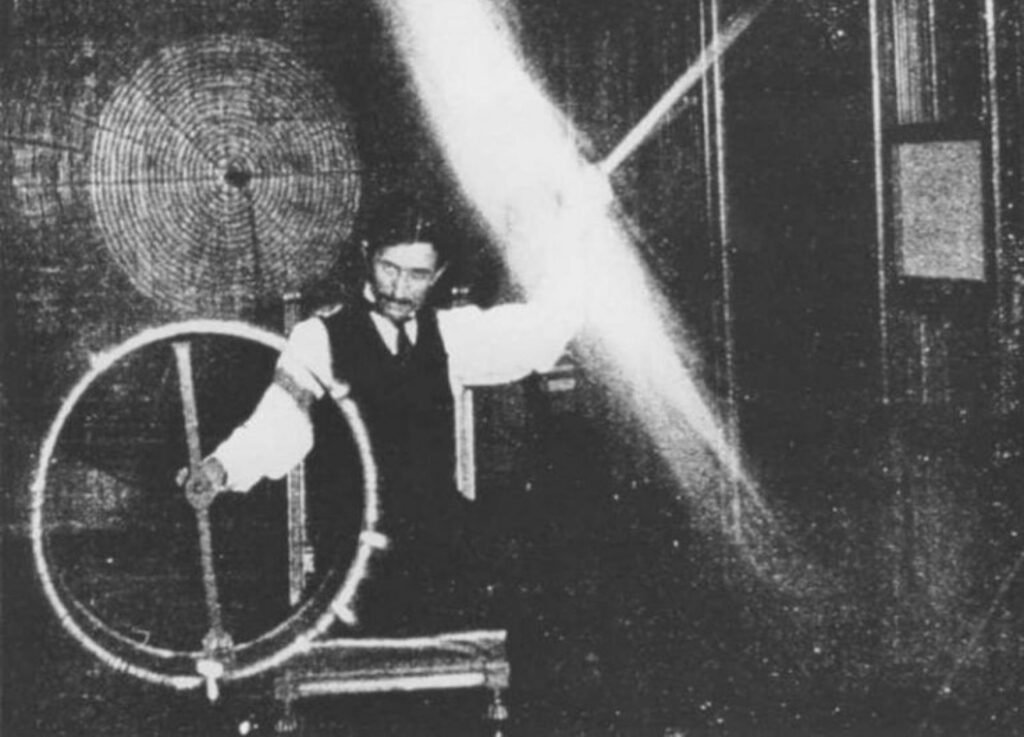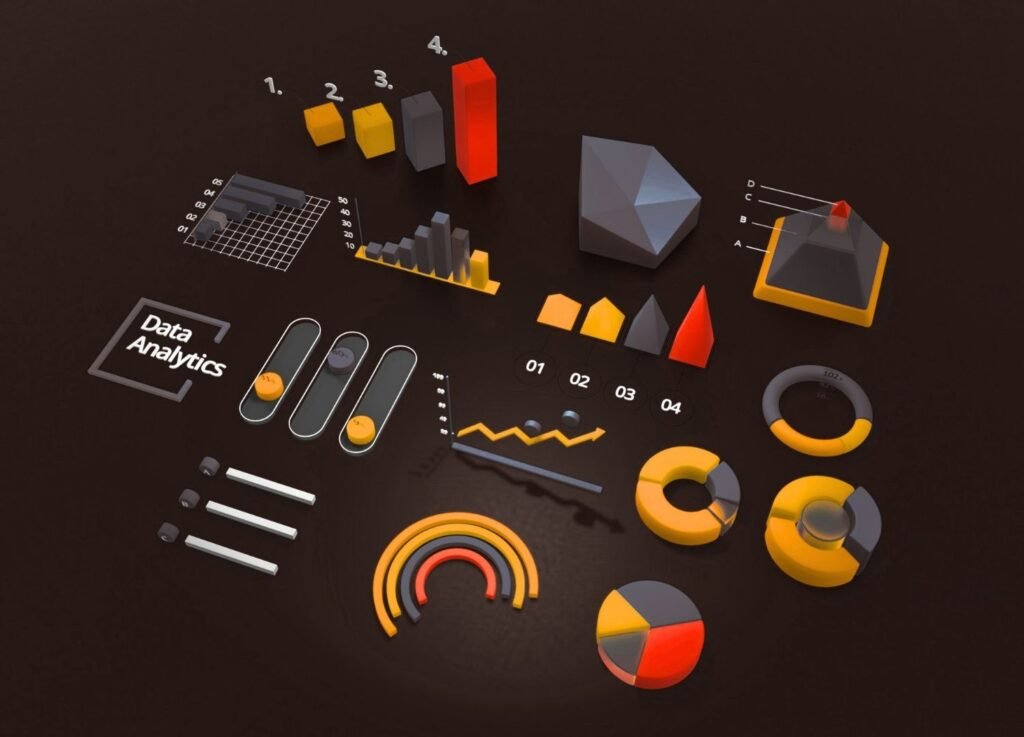
Most data scientists spend their days staring at screens in sterile environments. Then they wonder why their insights feel robotic.
I learned something simple. I could relax and think more creatively when I got up, grabbed some sunlight, and remembered to breathe.
Surprisingly, my physical environment was directly connected to the quality of my data work. When I struggled with coding challenges or storytelling decisions, I discovered a pattern. Walking away completely would bring the muse back to me.
Inevitably, either creative inspiration would strike, or I’d get a specific idea about how to code my way through the problem.
The Strategic Un-focus Approach
I started placing inspirational quotes and images on my desktop background and workspace. Sometimes I’d pin up storyboard pictures.
Additionally, I’d block time on my calendar for walks or conversations. As an extrovert, I get energy from other people’s energy.
However, even introverts can benefit from this approach. For instance, listen to inspirational music that sparks creativity or pick up your laptop and work in larger spaces with more light and greenery. Ultimately, the key is dedicating time to work in different places.
Ultimately, the key is dedicating time to work in different places.
Fortunately, research backs this up. Craig Knight discovered something powerful. Workers who decorated their offices with plants and pictures became 32% more productive. Similarly, research on nature-based interventions points to green spaces and natural environments enhance workplace creativity and well-being.
Your workspace becomes a canvas for creativity, not just a functional desk.
Drawing Inspiration From Unexpected Sources

I draw inspiration from people like Nikola Tesla and admire folks who think outside the box when creating innovation. I collect quotes from different innovators.
Even today, I have images of Carmy, the protagonist of the TV show The Bear, a talented young chef who returns to Chicago to run his late brother’s sandwich shop while grappling with grief, debt, and the pressure to succeed. His relentless pursuit of culinary excellence, despite overwhelming challenges, resonates deeply with me. This image, literally on my desktop computer, inspires me to stay focused and push myself to be the best in my own profession, no matter the obstacles.
I like having conversations with people outside of data science. This gives me new perspectives and expertise in different spaces that overlap with my work.
Additionally, I also set aside time with senior data science professionals. I ask if they’ve faced similar problems and how they overcame those challenges.
This blend of activities and ideas forms the basis for innovative thinking.
From Environment to Data Epiphany
Eventually, all of those things came together. They helped me develop new approaches to my work. Most importantly, I learned how to creatively think through roadblocks.
After I figure it out and build the analytics, my approach switches to data storytelling. I use design thinking and human-centered design. Specifically, I tell stories that are relatable to the audience in a very human way.
While all of that technical work is important, when you put a human element to it, visualizations can really stand out. This artistic approach to data science, which I discuss in detail in my exploration of why data scientists need to think like artists, transforms how audiences connect with insights. Consequently, I’ve seen business leaders have their own epiphanies based on different data visualizations and insights that came from this creative path strategy.
The Power of Wordless Visualizations

I transformed these insights into stories using simple data visualizations. For example, I used bar charts, typically vertical because I found them more pleasing to the eye. I focused on bold colors to make key points stand out. No words on the page.
First, I developed those visualizations by bringing all the data into Power BI to explore and find insights. Once I found the insights, I moved the data pieces into Excel for visualization foundations.
Next, I’d copy them into PowerPoint or Canva and customize them with a design approach. I’d adjust bar chart sizes, color code them, resize infographics, and use different icons. This made the data visualization pop.
The magic happened when I aligned things business leaders already knew with new insights they hadn’t considered. I blended familiar concepts with fresh discoveries. As a result, this created pieces that really stood out to those business leaders. They could make true data-driven decisions from those insights.
Listening for those Unasked Questions
I spent time joining meetings where business leaders were present. I listened to those leaders ask specific questions. When they asked, I noticed that presenters often couldn’t answer them in the meeting or didn’t know the answers at all.
I spent time understanding what business leaders were asking in these presentations. This helped me understand what they already knew and what they didn’t know. Subsequently, I developed data stories that answered their questions and maybe even sparked new questions they hadn’t thought of before.
As a result of this approach, I sensed that my work was more niche. Eventually, I became recognized for this style.
Business As Usual is Boring, It’s Not Punk Rock

I think we all know that AI will continue to augment the work data scientists do from a “business-as-usual” (BAU) standpoint. When AI takes care of these BAU tasks, that leaves more room for creative and strategic thinking about the work we’re doing.
This could lead to more innovative ideas and new ways of working. But again, this isn’t something new.
What may be new is the approach to communicate at a simple, conversational level. Business leaders and mid-level managers can understand insights clearly without a full detailed breakdown. We should move more slides to the appendix.
Experts project the data visualization market will reach $19.20 billion by 2027, reflecting this fundamental shift toward human-centered data approaches.
Build Creative Skills, You Won’t Regret It
My recommendation? Data scientists in the corporate world should dedicate time working with creative teams. This includes UI/UX designers, marketing creative teams, graphic design, and creative storytelling teams.
They should spend time with those teams and really understand how they do what they do and what sparks innovation and creativity for them.
I think it’s just as simple as that.
You can find education online and read different articles. But when you’re in your workspace Monday through Friday, it would be fantastic for data science and technical teams to shadow those creative teams and learn from them.
Start With Your Surroundings…Seriously, Try It!
You don’t need to redesign your entire office tomorrow.
Add one inspirational image to your workspace. Schedule one walk during your next coding challenge. Have one conversation with someone outside your technical team.
Set aside un-focus time on your calendar. Change your physical location when you’re stuck on a problem.
Pay attention to when your best insights emerge. Often, they come when you step away from the screen.
It’s time to be inspired, data scientists. Spend a little extra time, and I really mean 5-10 minutes, disconnecting from the work. Don’t end up scrolling your phone (unless that is how you are inspired, sometimes that works for me). Be intentional in trying a new approach. You don’t know everything. I promise. I don’t know everything either.
Your environment shapes your thinking. Make it count.

